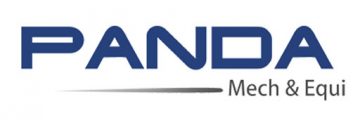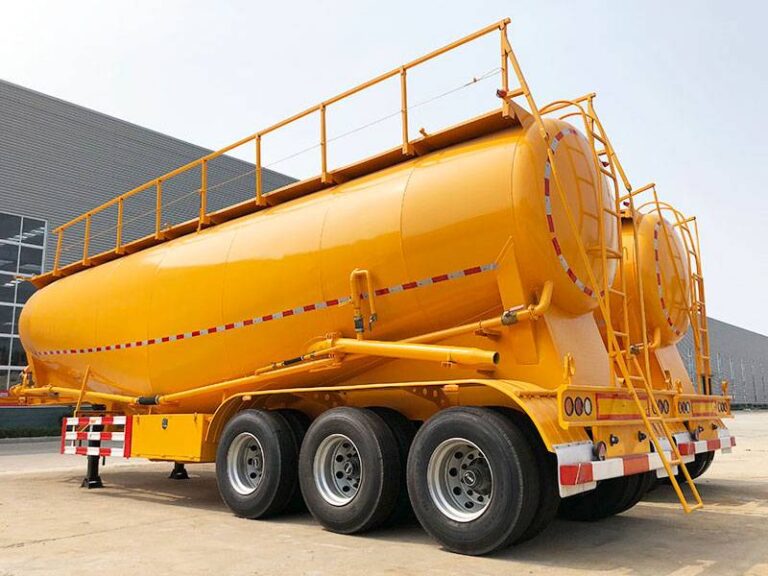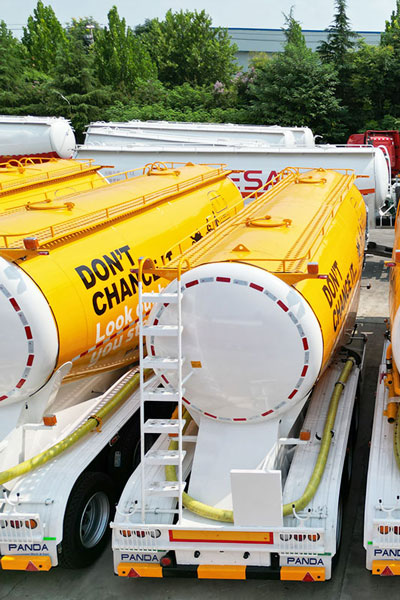With the development of urban construction, the application of cement tanker trailer is more and more, and it has great development prospects. Some customers say that cement tanker trailer is easy to block the tank when it is used improperly. How to solve this problem? The following panda dry bulk tanker companies will explain the operation steps of bulk cement truck ash removal for you in detail.

- Before loading, check and remove the ash and slagging in the tank and the discharge pipeline; the pipelines and valves should be flexible in opening and closing, and there should be no blockage or air leakage; the connecting parts should be firm and reliable , before loading.
- Before opening the charging port, the exhaust valve should be opened to remove the residual air pressure in the tank.
- When loading, the switch of the material level switch in the material tank should be turned on, and when the material level sensor sends out a full-level sound signal, the charging should be stopped immediately.
- After the loading is completed, the cement accumulated on the edge of the charging port should be cleaned, the cover of the feeding port should be covered, and the latch should be inserted and locked.
- Before unloading, the vehicle should be parked on a flat unloading site, the unloading pipe should be installed, the butterfly valve of the unloading pipe and the ball valve of the pressure relief pipe should be closed, the secondary air pipe should be opened and the compressed air should be connected to ensure that the air compressor is running Start without load.
- When pressurizing the tank, make sure that the unloading valve is closed. When the air pressure in the tank reaches the discharge pressure, the secondary air nozzle valve should be opened slightly before opening the discharge valve, and the opening of the secondary air nozzle valve should be adjusted to adjust the ratio of air to cement.
- During the unloading process, the pressure change of the pressure gauge should be observed. If the pressure rises suddenly and the gas hose is blocked and no longer discharges, the gas supply should be stopped and the compressed gas in the pipe should be released, and then the blockage should be removed.
- When unloading, the air compressor should be in charge of a special person, and other personnel are not allowed to operate without authorization. During pressurized discharge, the speed of the internal combustion engine must not be changed.
- After the unloading is completed, the air release valve should be opened to exhaust the remaining air in the tank, and all valves should be closed. When the vehicle is running, there must be no pressure in the tank.
- It is not allowed to load and unload cement in the open air in rainy days. Check frequently to make sure that the cover of the feed port is tightly closed, and no water or humid air is allowed to enter the tank.
- When performing maintenance and overhaul under the vehicle, the internal combustion engine should be turned off, the hand brake should be tightened and the wheels should be wedged firmly.
- When the vehicle needs to be tested after being repaired, it should be driven by qualified personnel. No people or objects can be carried on the vehicle. When it is necessary to test the vehicle on the road, it should hang the test vehicle license issued by the traffic management department.
- When parking on a ramp, the reverse gear should be engaged when parking downhill, and the first gear should be engaged when parking uphill, and the tires should be tightly plugged with triangular wooden wedges.










